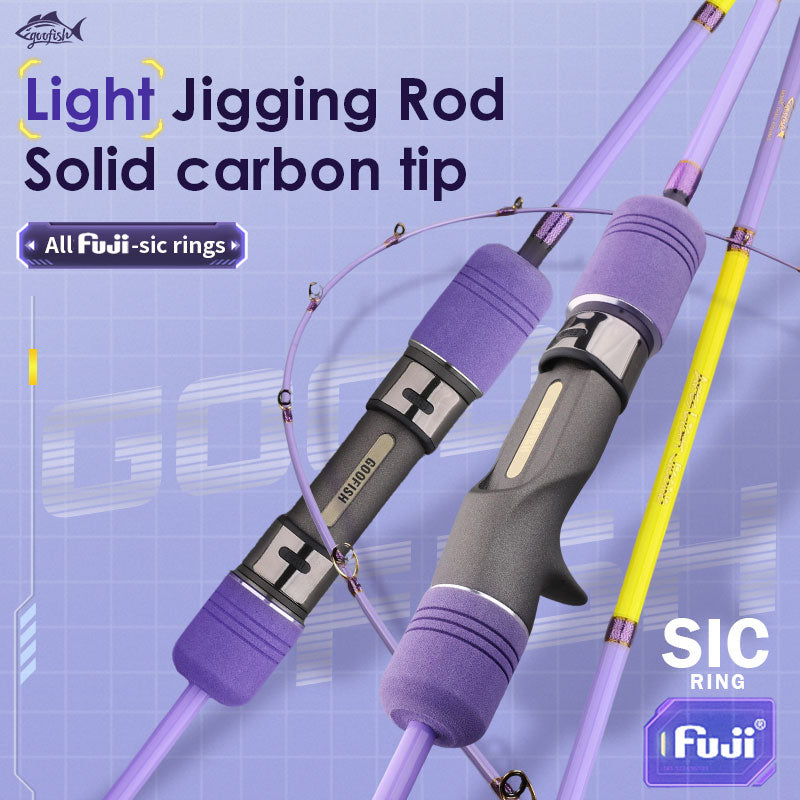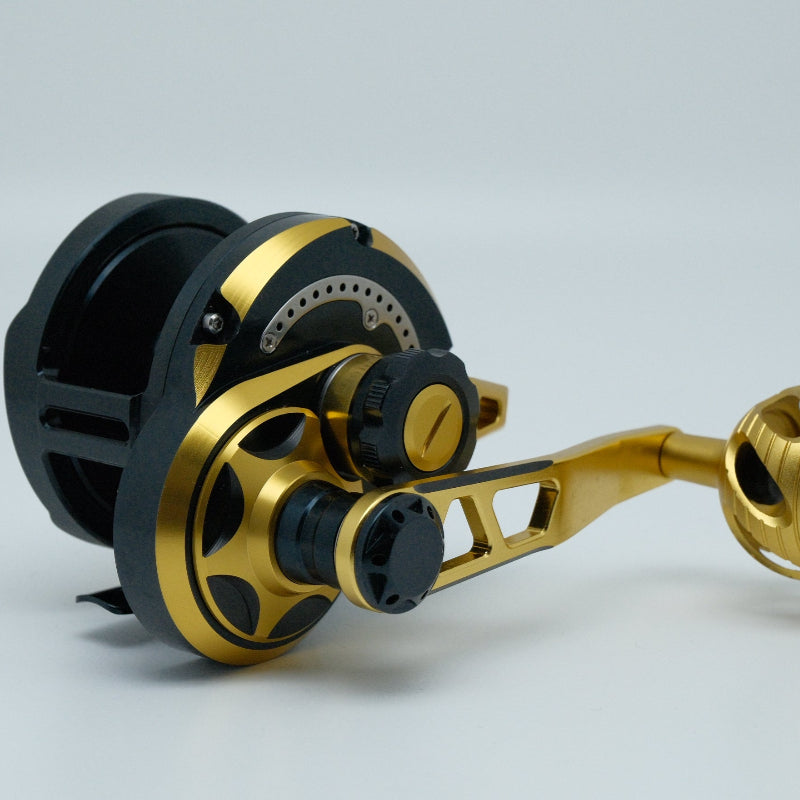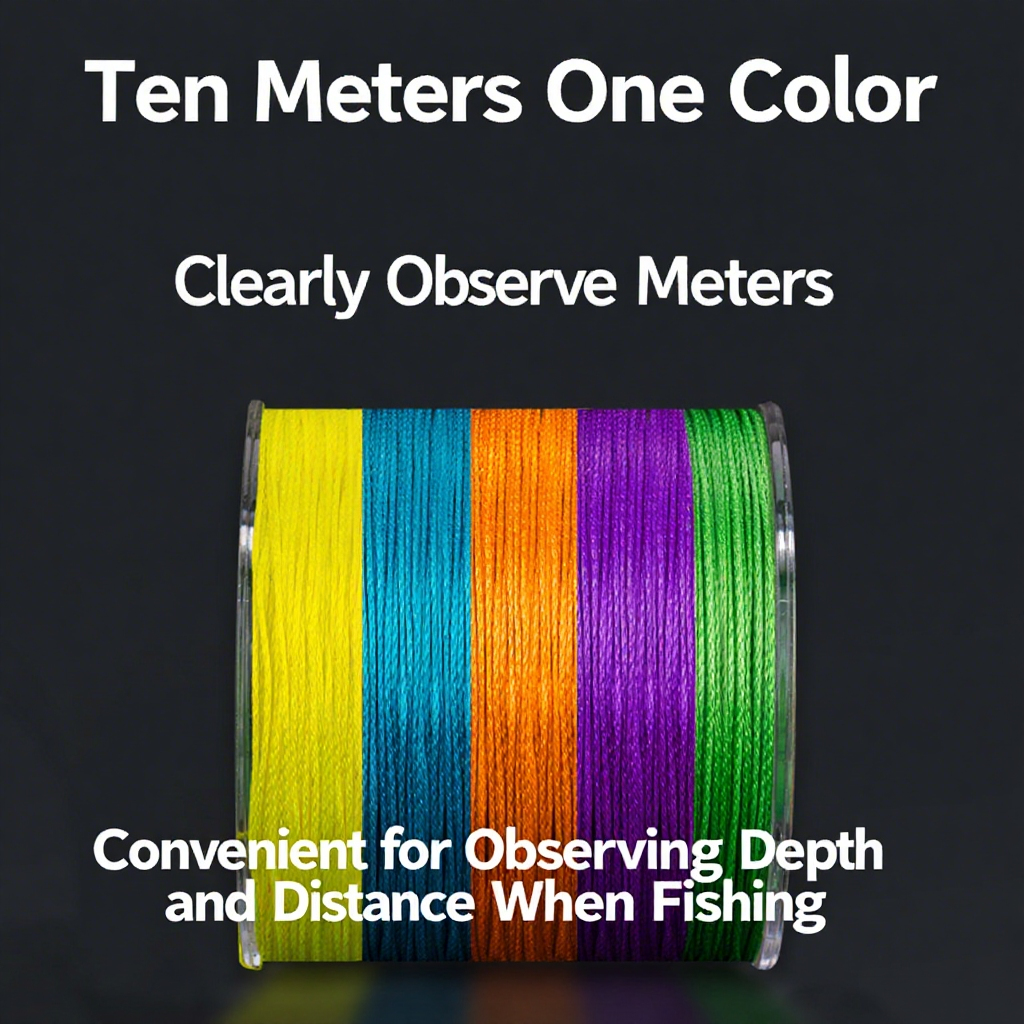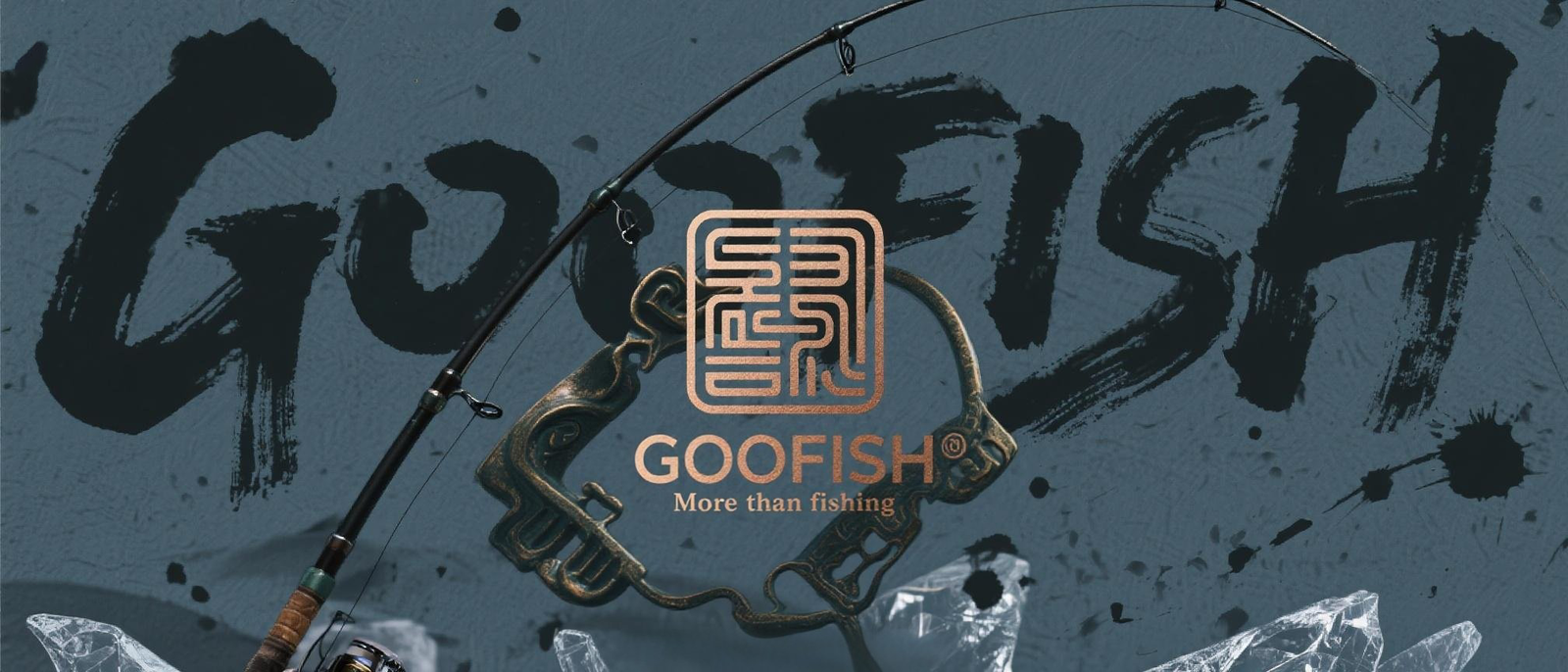The “Invisible Angler” in Your Backpack Pocket: Legally Catching Wild River Fish with Portable Rods (Plus Global Regulations Guide)
For fishing enthusiasts craving adventure without the bulk, portable fishing rods—or fishing pole backpacks—offer a game-changing solution. These compact, lightweight tools transform any outdoor excursion into a potential fishing trip, letting you carry your passion for angling effortlessly. Whether you’re hiking remote streams, exploring foreign rivers, or simply seeking convenience, here’s how to master the art of “invisible angling” while staying compliant with global regulations.
Why Portable Rods Are Revolutionizing River Fishing
Travel rods and best travel fishing rods are designed to defy the limits of traditional gear. Unlike bulky Spinning rods or baitcasting setups, these collapsible wonders often fit into backpacks, daypacks, or even specialized fishing pole backpacks with dedicated compartments. Key benefits include:
- Ultra-Portability: Weighing as little as 10 ounces and folding to 18 inches, they’re ideal for hikers, backpackers, and travelers prioritizing minimalism.
- All-Terrain Versatility: From mountain streams to urban ponds, their telescopic design adapts to tight spaces and challenging terrain.
- Stealth Mode: Discreet enough to avoid drawing unwanted attention in no-fly zones or private waters, aligning with “Leave No Trace” ethics.
But their appeal goes beyond convenience—they empower anglers to access underutilized waters, from secluded trout streams in national parks to remote coastal lagoons.
Global Fishing Regulations: Navigating Legal Waters Worldwide
Before you strap on your backpack fishing rod, research local laws to avoid fines or confiscation. Regulations vary drastically by region—here’s a snapshot of key considerations:
1. United States: Permit-Dependent, State-by-State Rules
- Most states require a fishing license (residents/non-residents) and specify bag limits, size restrictions, and seasonal closures.
- Federally protected waters (e.g., Great Lakes, federal reservoirs) may demand additional permits.
- Example: California prohibits fishing for steelhead without a special permit; Colorado allows “catch-and-release” only in select wilderness areas.
2. Europe: Licensing Systems and Protected Habitats
- The EU’s Common Fisheries Policy (CFP) governs commercial fishing, but recreational rules vary by country.
- In the UK, a Rod Fishing License is mandatory for most freshwater species; France requires a “permis de pêche” for rivers and lakes.
- Beware of “no-take zones” in Natura 2000 protected areas, common in countries like Spain and Italy.
3. Australia & New Zealand: Strict Conservation Laws
- Australia mandates a Recreational Fishing License in most states (e.g., Victoria, NSW) and enforces size/quantity limits to protect native species like barramundi.
- New Zealand’s National Angling Regulations restrict certain methods (e.g., live bait) and require reporting catches for conservation tracking.
4. Tropical Destinations (Thailand, Costa Rica, etc.)
- Many developing nations require a daily fee or “fishing tax” for non-residents; permits may be sold at local tourism offices.
- Always confirm if the species you target is legal—some regions ban fishing for endangered fish like the red snapper in the Maldives.
Pro Tip: Use apps like FishRules (USA) or Fish.gov.au, or consult embassy websites for up-to-date regulations. Ignorance is not an excuse—legal compliance ensures sustainability and repeats adventures.
Choosing the Best Travel Fishing Rod for Your Needs
Not all portable fishing poles are created equal. Prioritize these features when selecting your “invisible angler” companion:
- Collapsible Design: Look for rods with 3-5 sections (easier to stow) and durable materials like carbon fiber (lightweight, strong) or fiberglass (flexible, impact-resistant).
- Length & Action: For rivers, 6–7-foot rods offer a balance of casting distance and control; ultralight action suits panfish, while medium-heavy handles larger trout or bass.
- Accessories Integration: Seek models with built-in reel seats, line guides, and compatibility with compact reels (spin or baitcast).
- Weight: Under 12 ounces is ideal for extended hikes; consider rods with padded backpack attachments to reduce shoulder strain.
Top picks include the St. Croix Ultralight Travel Rod (6’6”, 4-piece) for trout, and the G. Loomis NRX+ Travel Spinning Rod (7’, 3-piece) for versatile saltwater use.
Ethical Angling: Blending Convenience with Sustainability
The “invisible angler” ethos isn’t just about stealth—it’s about responsibility. Here’s how to make your portable fishing trips count:
- Practice catch-and-release for native species to preserve ecosystems.
- Use barbless hooks and handle fish gently to minimize harm.
- Pack out all trash, including bait packaging and fishing line (which can entangle wildlife).
- Support local conservation efforts—many river access points rely on community funding.
Conclusion: Unleash Your Inner Invisible Angler
Portable fishing rods and fishing pole backpacks have democratized angling, turning fleeting moments into memorable catches. By arming yourself with knowledge of global regulations, selecting the right gear, and embracing ethical practices, you can explore rivers worldwide—legally, sustainably, and stealthily.
Ready to hit the trail? Share your portable fishing adventures below, and let’s keep wild waters teeming for generations to come.











Leave a comment